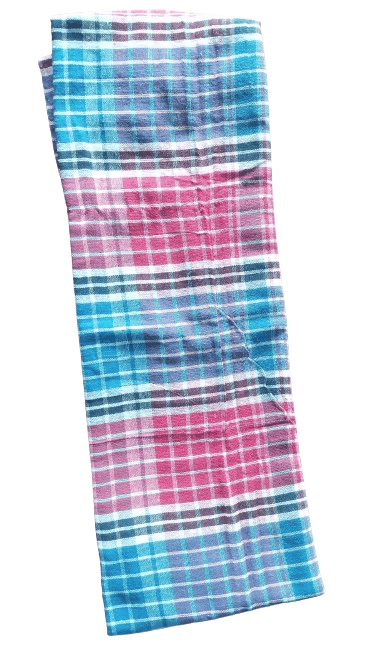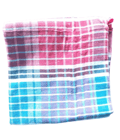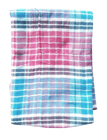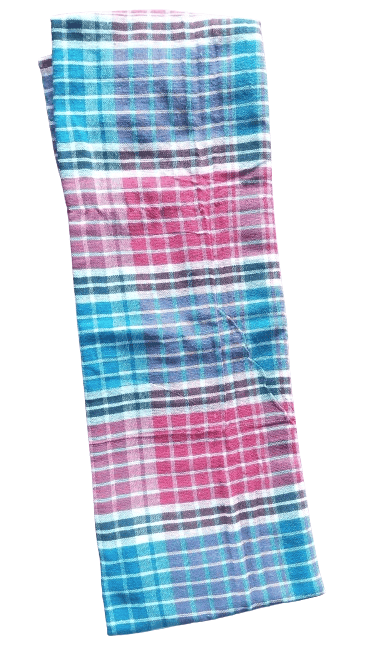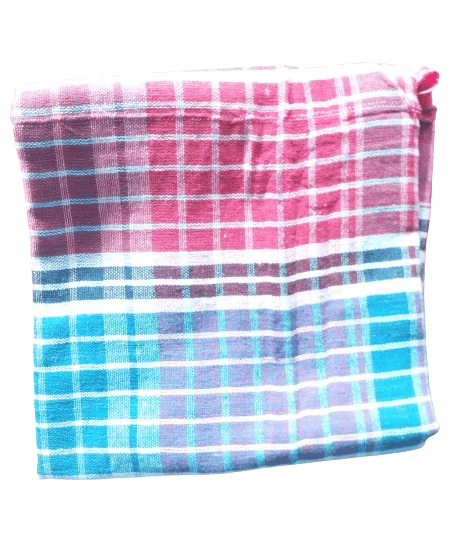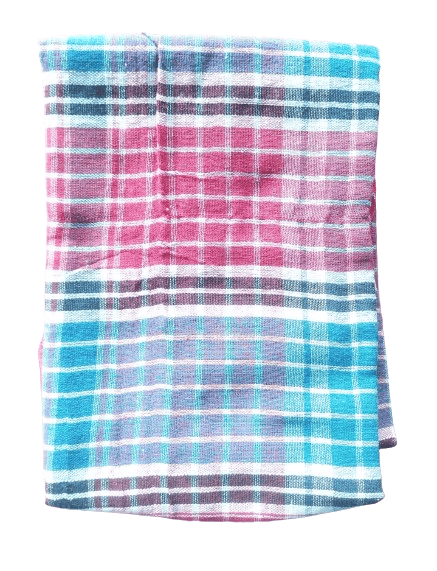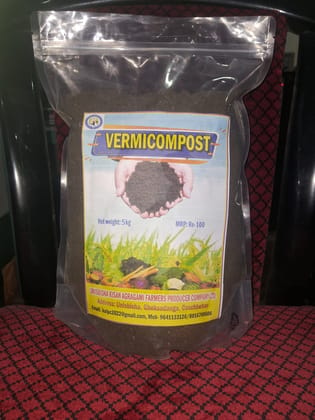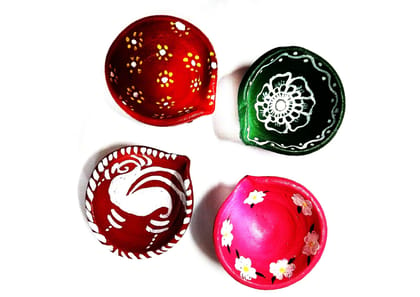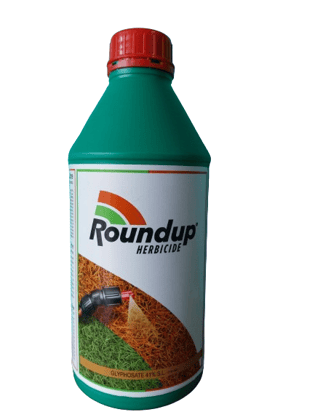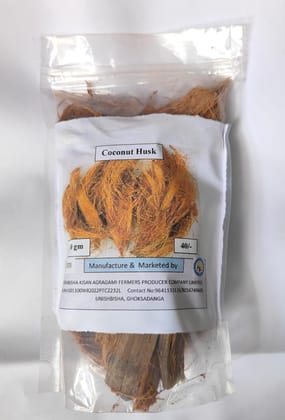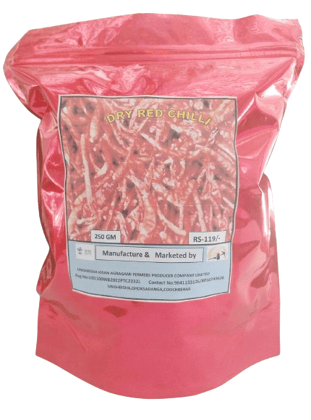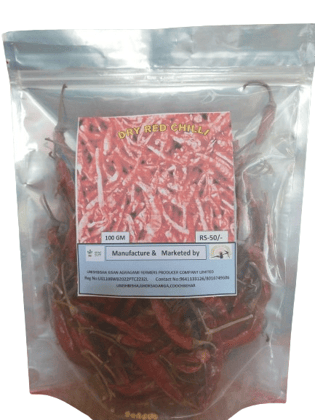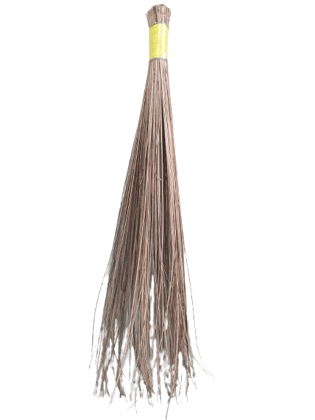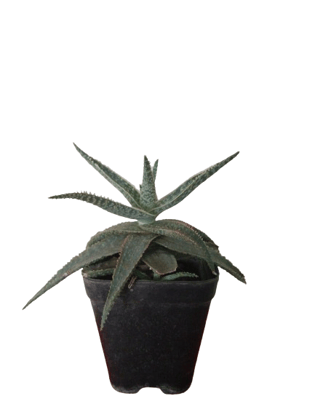Gamcha
MRP ₹160
| Country of origin | India |
|---|---|
| Common name | Gamcha |
| Net Quantity | 1 piece |
| Manufacturer or packer name | Unishbisha Kisan Agragami Farmers Producer Company Limited |
| Manufacturer or packer address | Uninshbisha, Mathabhanga, Cooch behar |
| Manufacturing Date | 08/2024 |
| contact details consumer care | 96411 33126 |
Gamcha - a word that conjures up images of hard working men and women, sons of the soil, toiling away, and rightly so. The trusty gamcha has been the working class man’s essential companion through the ages. A basic break down of the word gives us a clear understanding of where the name comes from. “Ga” means “body” and “mocha” means “to wipe roughly”.
This cloth is known for its super absorbent powers making it perfect for use as a towel. Not as thick as its western variant, gamchas are more suited for use in India’s tropical and humid climate. There are however a number of other ways this cloth has graced the simple lives of weavers. In Assam, a decorated version of it is given as a token of honour and respect to esteemed guests. In Orissa, young boys wear the gamcha as a garment, and once they reach adolescence, shift to dhotis. But perhaps the most unique use is by villagers who use it as a slingshot to fight wild dogs, wolves and even leopards that have strayed into settlements or fields.
The traditional gamcha is most commonly seen in checks and stripes of red, orange or green. Weaves of cotton or acrylic make up the most popular variants with thread counts going up to 470. However, for the more detailed and ornamental pieces, weavers have been known to even use variations of silk and wool. The more elaborate pieces deviate from the traditional checkered model and display intricate patterns of flowers. These are not easy to create and take a lot of painstaking labor and precision on the part of the weaver. The artisans take great pride in their work and they normally never put them up for sale unless under duress.
Even simple and basic pieces require the weaver to spend hours, toiling away on the loom. The machinery is such that the weaver needs both his arms and legs to operate it, hence little to no wiggle room for a break. It is due to this laborious and time-consuming process that most weavers create multiple gamchas at one go and then separate them once done.

Sold By
UNISHBISHA KISAN AGRAGAMI FARMERS PRODUCER COMPANY LIMITED
